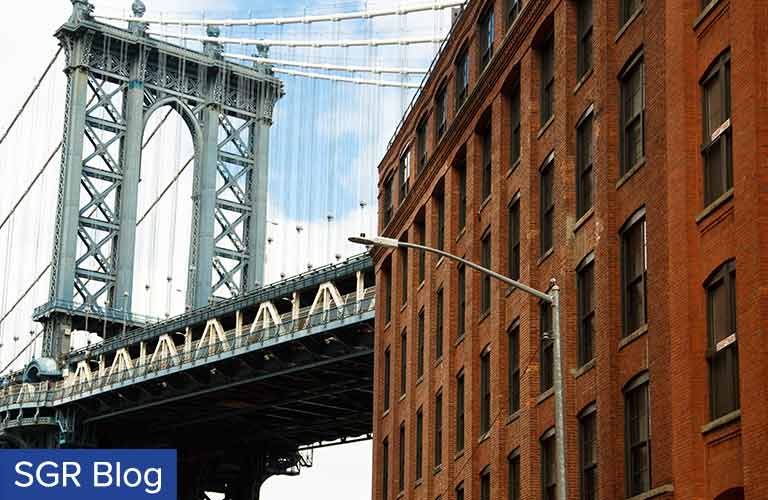
In 1980, Grace Gold, a Barnard College freshman, was killed when a piece of terra cotta masonry fell on the Upper West Side. Her death resulted in the adoption of Local Law 10, the first New York City law that required periodic inspections of street-side façades of all buildings in New York City that are taller than six stories. Then, in 1998, the partial collapse of a building on Madison Avenue resulted in an expansion of the requirements of Local Law 10 – and its recodification as Local Law 11 – to encompass all building façades (other than those within 12 inches of a neighboring building) for buildings of more than six stories. In 2013 and 2015, these rules were further expanded to include balconies, balcony railings, greenhouses and other “appurtenances”. Now, in 2020, the death of Erica Tishman, an architect, from falling debris in the Times Square area has resulted in a series of additional inspection requirements for buildings taller than six stories. These additional requirements take effect with the Ninth Inspection Cycle which begins February 21, 2020.
For coops and condominiums, and other owners/operators of NYC buildings, the biggest takeaway from the new rules is increased expense:
- Physical inspections (or “drops”) have gone from at least one for each street facade to one for every sixty feet of street frontage. For buildings that are wider than 60 feet, this will increase the cost of conducting the inspection.
- Inspections must be more intensive, with probes required every other cycle, starting with the Ninth Cycle.
- Particular attention is being directed at so-called hollow wall construction (which predominate in the post-war buildings) where the brick façade is attached to the structural supports by a series of galvanized metal ties. The concern is that these ties may have been inadequately installed originally and/or may have deteriorated over the years.
- It should be expected that more intensive examinations will identify more defects and, hence, increased façade repair work.
- Penalties for non-compliance are increasing from $1,000 to $5,000 for failure to file and from $250 to $1,000 per month for late filing. The fines for failure to timely correct an unsafe condition have also increased.
Other changes/clarifications:
- Qualified Exterior Wall Inspectors must have at least seven years of relevant experience (although certain tasks may be delegated to individuals with less experience). Previously inspections could be made by anyone with at least one year of relevant experience.
- A specific time frame must be included in all unsafe buildings and all buildings noted as SWARMP (safe with a repair and maintenance program) so that the Department of Buildings (DoB) can monitor compliance.
- Buildings are required to post the results of their inspection in the building’s lobby in the same manner as elevator inspections.
- DoB will be conducting follow-up inspections within sixty days of each Class 1 façade violation. (The Times Square building had several violations that were quite dated.)
- If the building owner does not correct the violation, the DoB will do so with City contractors, but, of course, at the expense of the building’s owner.
- All applicable buildings are subject to random inspections.
Should you have any questions please contact our Cooperative and Condominium Practice Groups.

